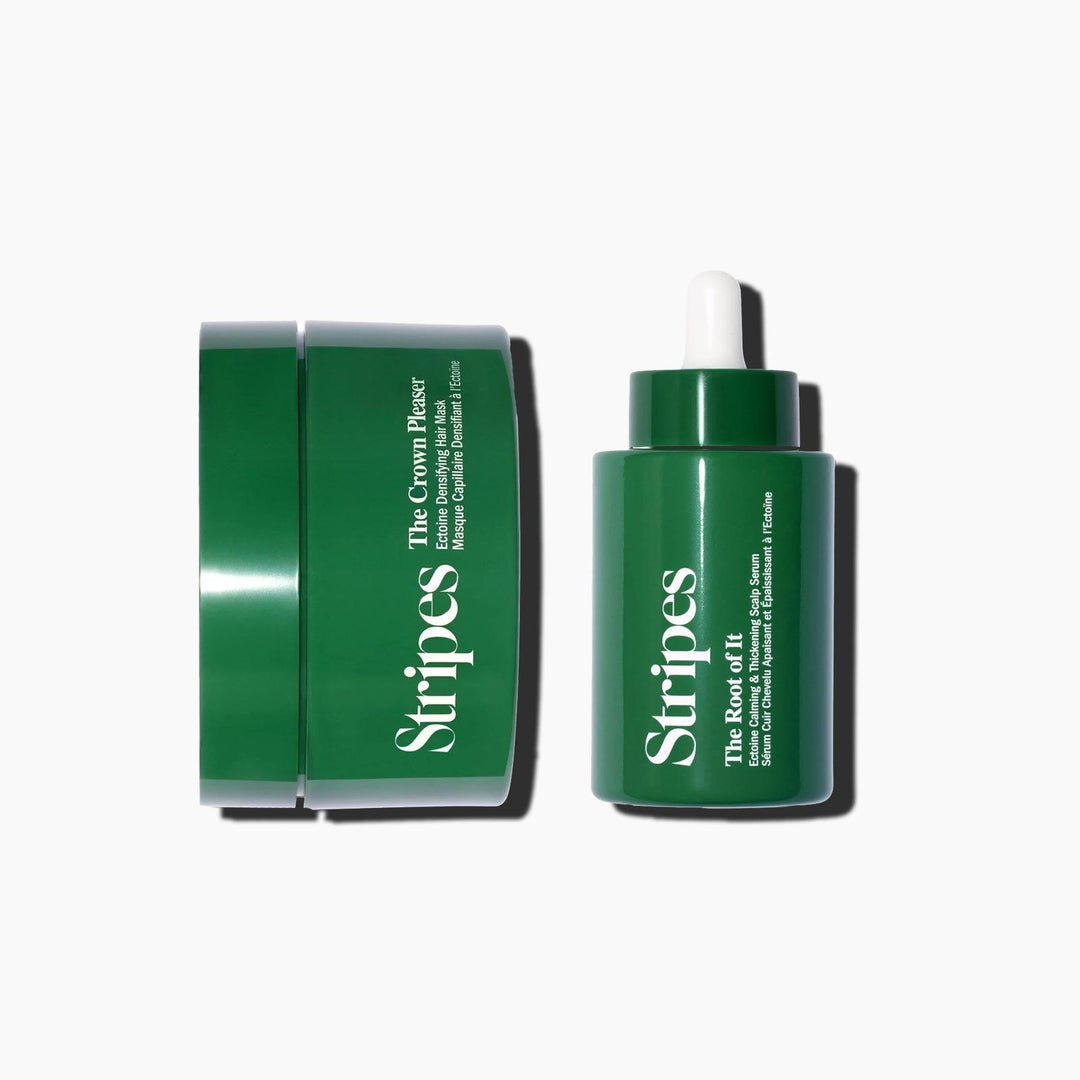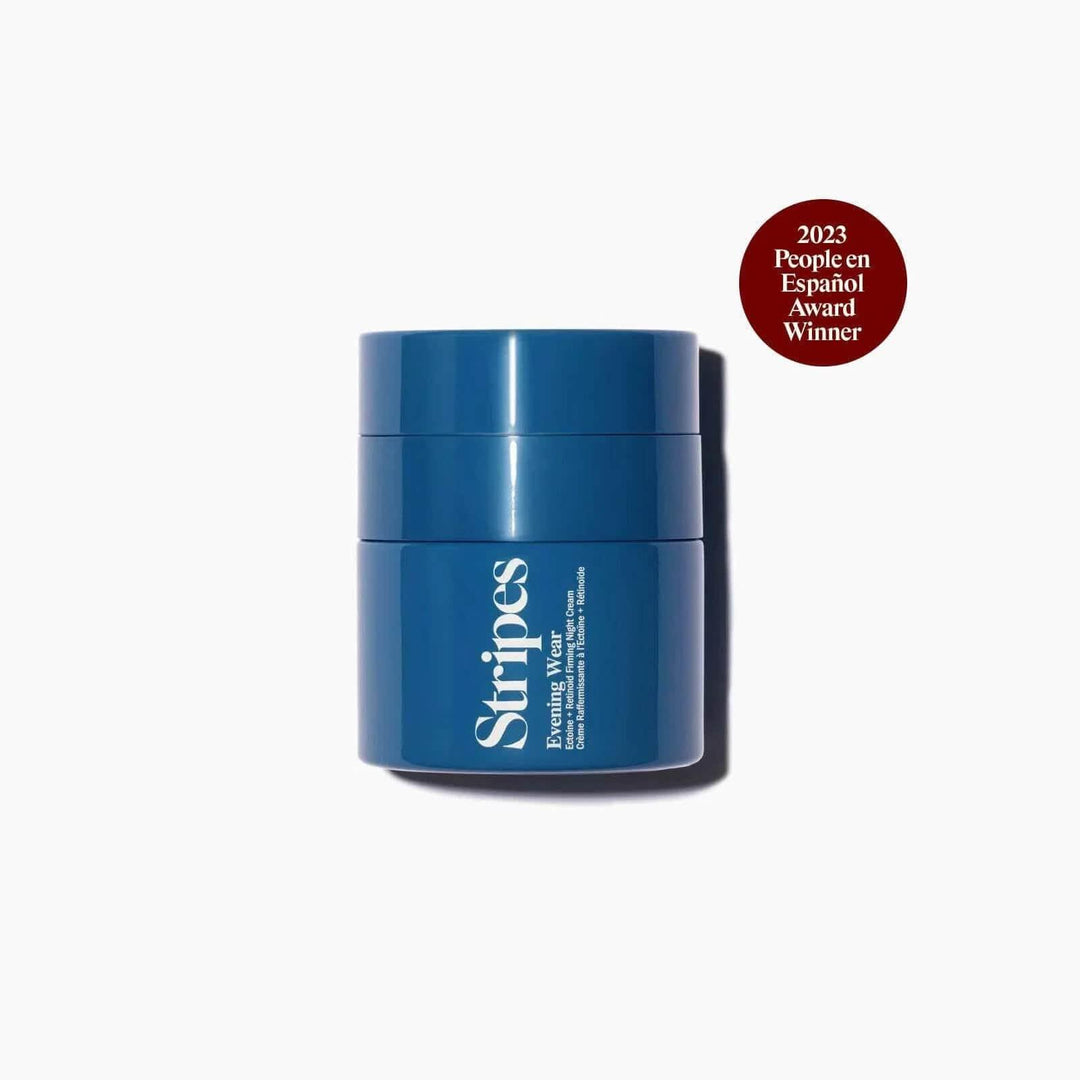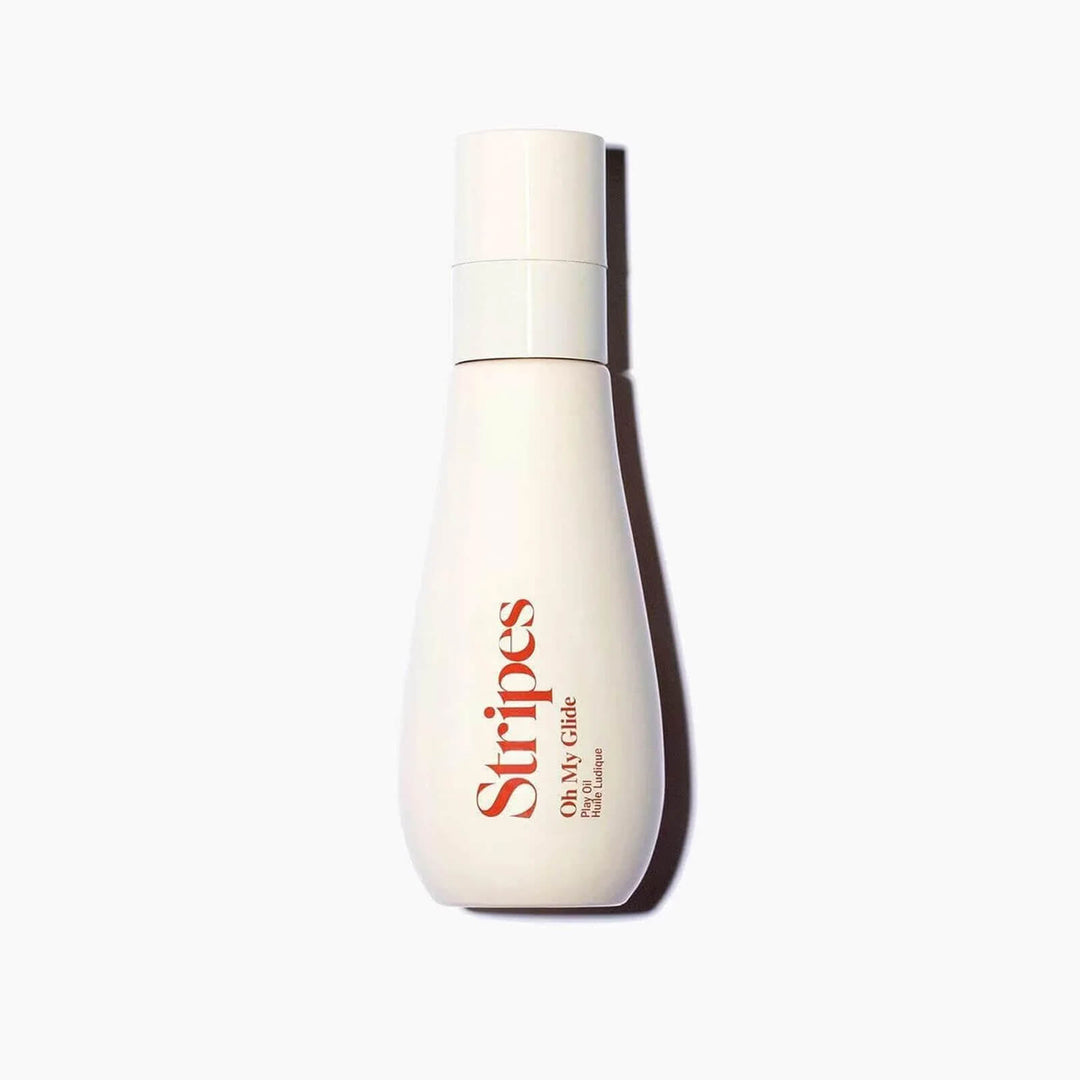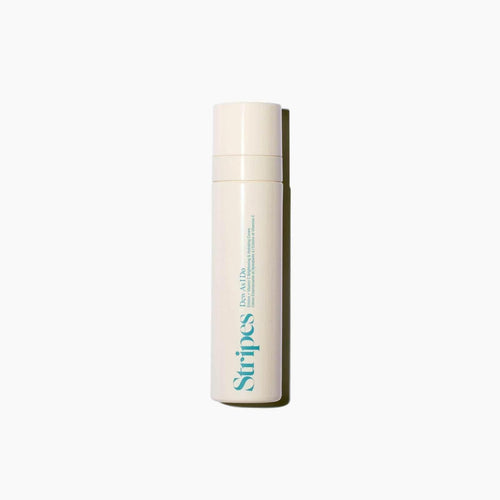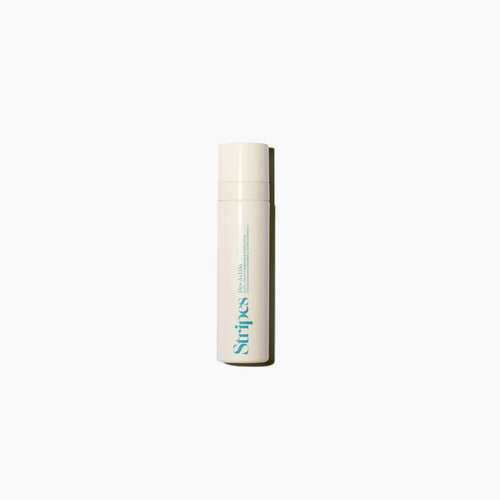Is it hot in here or is it just us? We're talking about hot flashes, those sudden bursts of heat experienced from the waist up.
According to the Journal of Midlife Health, more than 80% of women experience these sudden waves of heat. While hot flashes are a normal byproduct of shifting hormones, as with any manifestation of (peri)menopause, normal definitely doesn’t make for fun or easy. Hot flashes can be disorienting and exhausting, especially if you experience them several times a day, as many women do.
While you may not be able to skip this part of your body’s transition, you can learn about how hot flashes work and how to prevent them. Here’s what you need to know about hot flashes during perimenopause and menopause.
What causes hot flashes?
What are hot flashes anyway? Hot flashes are just what they sound like: a sudden burst of warmth or heat, typically in your upper body (your chest, neck, and face). During a hot flash you may sweat and your skin might turn red. After the hot flash ends — it can last for a few or several minutes — you might feel cold or shivery (like you have the chills). The French describe hot flashes as bouffées de chaleur, or puffs of heat, which speaks to the short duration of these events.Blame it on plummeting estrogen. When your sex hormones are in flux, your brain can’t regulate body temperature as well. Hot flashes happen when your brain registers a slight change in temperature with extreme sensitivity, resulting in a sudden raise in your core body temperature.
What are other symptoms that can go along with hot flashes?
Everyone’s menopause and perimenopause symptoms will be different. While some people report only occasional (or no) hot flashes, others report feeling them along with unpleasant feelings of:Dizziness
Nausea
Headaches
Sweating
Red or flushed skin
Feeling like your heart is beating faster
Post hot-flash chills
Why do hot flashes get worse for some people?
Typically, hot flashes are worse as you approach the end of (peri)menopause, and they are often associated with bouts of having no period. They usually go away when you get a period, and they dissipate once and for all once you officially hit menopause. Hot flashes at night, also known as night sweats usually occur earlier on in the process and can last throughout peri/menopause. (Learn more about night sweats here.)How do I stop hot flashes from happening?
Hot flashes are different for everyone. For some women they’re barely noticeable; for others they creep in several times a day and last for thirty seconds or a few minutes at the most. In either case, you can take some simple but powerful steps to help your body cope during this major hormonal transition (and hopefully save a few bucks on your AC bill).Sweat on your own time: Exercise can help with a number of issues that afflict women in midlife, including managing hot flashes. Think of it this way: You can sweat on your own time, predictably, during a workout as opposed to randomly getting hot flashes.
Stave off stress: The stress hormone cortisol can increase your body heat, resulting in a hot flash. To prevent hot flashes from disrupting your day, do your best to fend off stress. Talk to a loved one about your feelings. Practice deep breathing and mindfulness, or do a yoga class on YouTube. Whatever you can do to keep stress at bay can help your hot flashes and your overall symptoms during peri/menopause.
Wear loose-fitting clothing: Tight, restrictive clothing can raise your core body temperature by creating friction against your skin. Try to wear loose-fitting, lightweight clothes made of breathable fabrics (like cotton or linen) to prevent hot flashes.
Watch what you eat (and drink): Spicy foods may temporarily raise body temperature. Alcohol can also affect brain function, impair sleep, and worsen peri/menopause symptoms, so it’s best to skip your nightly glass of wine if you want to stay cool.
Limit caffeine: (Peri)menopause can cause fatigue, so you may find yourself reaching for a second (or third) cup of coffee. Resist the urge to consume caffeine in the afternoon or evening if you’re battling hot flashes. Too much caffeine can interfere with sleep and leave you more susceptible to fatigue and stress (and yes, more hot flashes).
Keep your environment cool: Along with turning down your thermostat (even in the dead of winter), add cooling tools to your environment. Set up a few fans to keep air flowing throughout your home. In bed, put an ice pack under your pillow, and flip your pillow over when you get hot.
When should I talk to my doctor?
Only 20 to 30 percent of women seek care for hot flashes. They may be a normal symptom of fluctuating hormones, but that doesn’t mean you have to let them disrupt your daily life. If these lifestyle tweaks aren’t helping control your body temperature, or your hot flashes are getting worse and starting to interfere with your ability to do your normal activities, it may be time to talk to your gyno or primary care provider.Your doctor can help, starting with ruling out other health conditions that can cause hot flashes. If your hot flashes are a manifestation of menopause, there are a number of effective treatments available. Hormonal replacement therapy (HRT) boosts hormone levels, which can help control severe symptoms like hot flashes. Other medications, including serotonin-norepinephrine reuptake inhibitor antidepressants (SNRIs), may also help control hot flashes.
Either way, your doctor can walk you through the potential benefits and minuses of any treatment — and remind you that as uncomfortable (okay, miserable) as hot flashes can be, your body should regulate as your hormones do.
